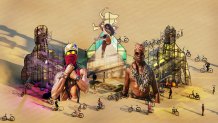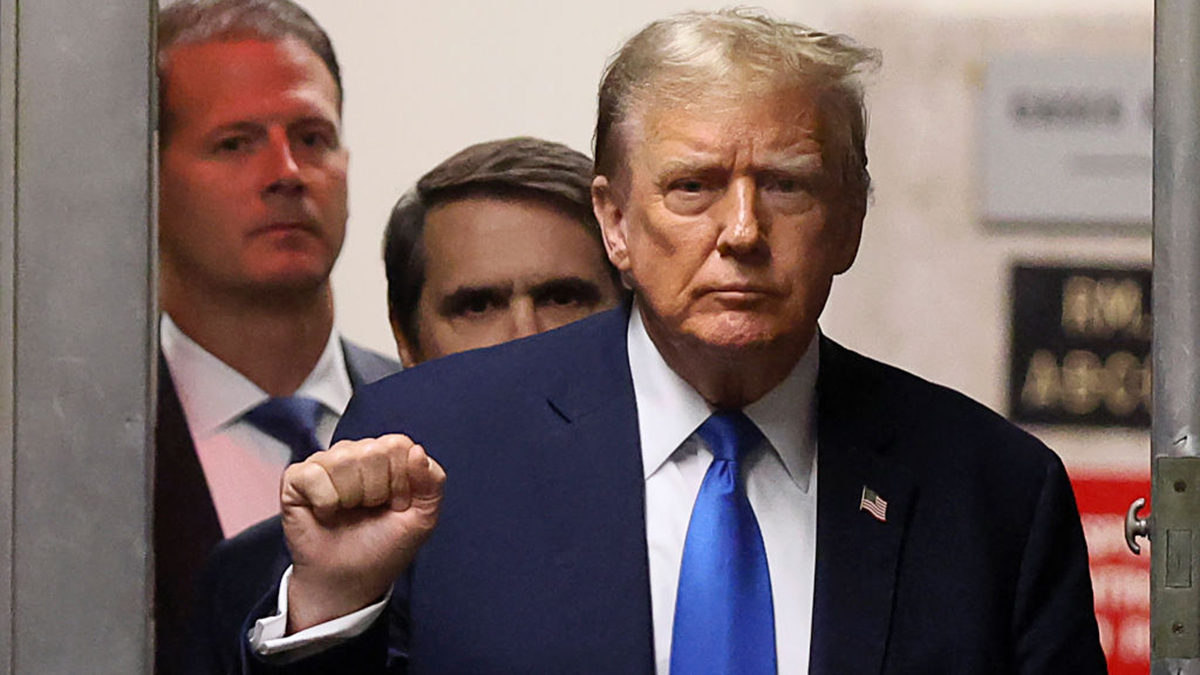When Erin Douglas first stepped onto Nevada's Black Rock Desert six years ago for her first Burning Man festival, the African American woman already knew from reputation not to expect to see many other people who looked like her. It met her expectations.
"I saw people more than I thought, just because I didn’t think I’d see anyone," Douglas recalled. "But it wasn’t enough to say like, it was a lot of us."
Douglas, a travel photographer, returned to the event in the following years and began using her camera to capture images and stories of other Burners of color, which she called the Black Burner Project.
"Came up with this idea of maybe I’ll go back out there and start to document people so that it could hopefully encourage those who’ve been curious to know that we’re out there," Douglas said.
Get Southern California news, weather forecasts and entertainment stories to your inbox. Sign up for NBC LA newsletters.
This year, Douglas is returning to Burning Man, which officially begins Aug. 28, but this time she's heading out under her own steam as an artist, creating an installation that will feature some of her Black Burner photos blown up to 30-foot proportions. She calls the project Black Asé.
"That was the main thing," said Douglas, who lives on the East Coast. "To take up space and be big and encourage people to do that."
The photos will serve as the giant bookends of two scaffolding sculptures that will create a gathering space where Burners can climb, hang out and retreat.
U.S. & World
News from around the country and around the globe
"We’re never looked up to," Douglas said in the Petaluma art space where she and her crew were building the project. "I wanted all those things to be the meaning and the intention behind the size."
The project's large-scale faces address an equally large issue for Burning Man, which was founded in 1986 and has been criticized for years for its poor record of diversity.

The event's own 2018 self-reporting census found only around 10% of participants considered themselves people of color. Black participants made up about 1% of the 80,000 population. White participants made up 76.6%.
This year's Burning Man event will be the first since 2019 -- the last two years were cancelled because of the pandemic. But perhaps most significantly, it's the first since the 2020 killing of George Floyd, which set off waves of self-reflection over equality.
Burning Man's organization responded to Floyd's death by acknowledging its own shortcomings: "We recognize we have a lot of work to do as an organization, and as a society, and we are here for it."
During his first Burning Man in 2019, Kyle Mimms pedaled his bike through the fine blustery dust of the Nevada desert and noted few other Black Burners among its midst.
"It was an amazing experience but also slightly polarizing being one of few people of color riding around," Mimms said. "When you’re in a place where you don’t see others that kind of look like you, it’s a different experience."
That year, Mimms and his wife connected with Douglas at Burning Man. They took part in a mass group photo Douglas staged of fellow Burners of color. In the swirling dust and ubiquitous beats of electronic music, dozens of Black participants crowded together, flanked by the event's signature "man" sculpture.
"Then you come across this big gathering of like your community, of such a uniting and fulfilling experience," Mimms remembered.
Mimms, an East Coast project manager, joined Douglas' effort to bring Black Asé to Burning Man. On a recent day in Petaluma, he welded together steel pieces creating the 30-foot metal structure that will support Douglas' massive photos of Black Burners.
Douglas hopes the art piece will raise the visibility of people of color at Burning Man and send a message to let the world beyond Burning Man know that they are indeed there in the dust and the art.
"I want people who are black and brown to be able to see themselves and be encouraged and to have a space and to find home," Douglas said.



